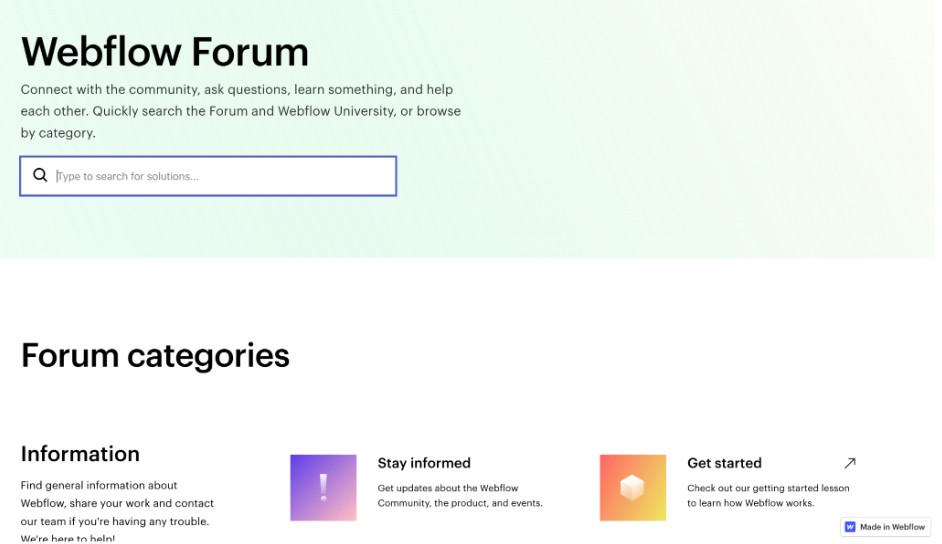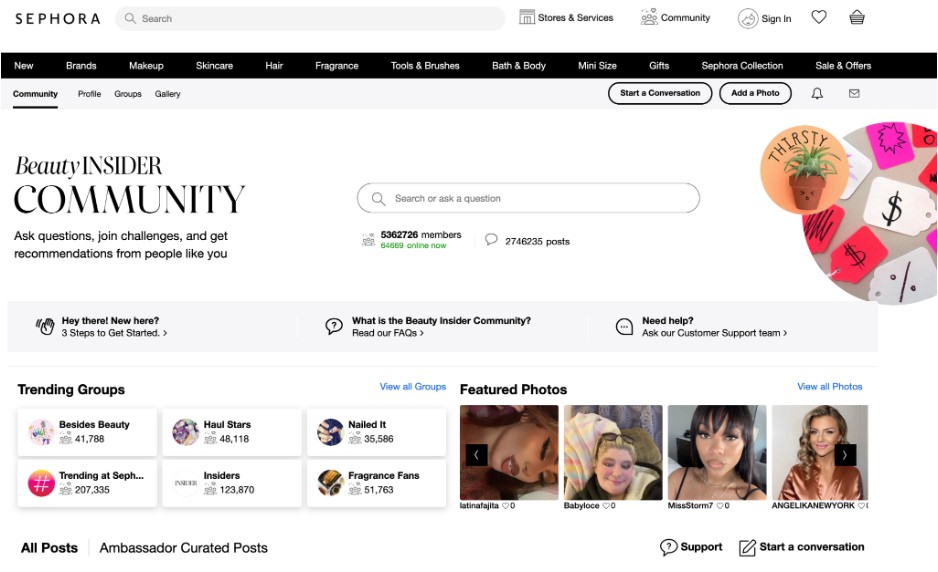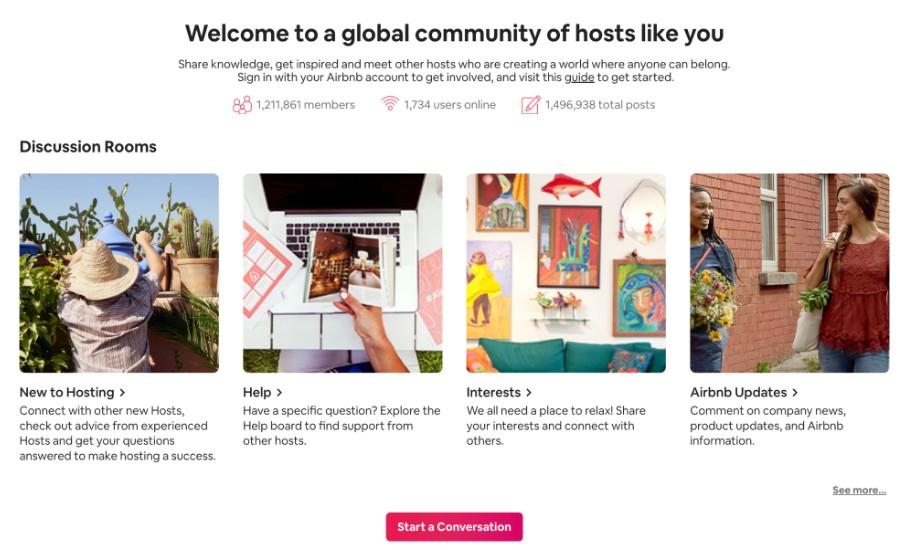This content originally appeared on April 21, 2022 as part of the Future of Marketing weekly email series. Subscribe here.
Welcome to Future of Marketing.
Each week, we send you the most relevant trends, resources, and strategies in social and user-generated content (UGC) from leading marketers and brands around the globe.
Today, we’re discussing…
- Top brand communities (and why they’re successful)
- What we’re learning
- #BrandCrush: Kitty and Vibe 💘
Top Brand Communities (and why they’re successful)
Community-building is more than just a buzzword; it’s predicted to become one of the biggest areas of brand growth and investment over the next decade. In fact, 63% of marketers plan to blend more community voice with their brand voice moving forward.
But… building a community is easier said than done (and it certainly doesn’t happen overnight).
“The biggest impact communities can have on individuals is to empower them by connecting them to others,” states the State of Community Building 2021. “Members are empowered when others notice them, give them attention, respond to them positively, acknowledge their challenges, and celebrate their contributions. That validation encourages individuals to voice their concerns or contribute their perspectives.”
Let’s take a look at some strong brand communities (and why they’re successful).
Webflow
 Webflow, the no-code web development and hosting platform, went from $30k in debt to a $4 billion company.
Webflow, the no-code web development and hosting platform, went from $30k in debt to a $4 billion company.
Three things they did right:
- Set up a public community forum for users – where the Webflow team (and other users) can answer questions, discuss feature requests, and investigate bug reports.
- Ensure founders were responding in the support queue during the early stages of development. “This made sure that people who trusted us enough to use a limited – and often buggy – product felt like the Webflow founders were always there, and in many ways, it felt like co-building a product with our community of early power users at the time.”
- Encourage users to share their sites by tagging #MadeInWebflow on social media to spark word-of-mouth and inspire other creators.
Sephora
 Sephora launched the Beauty Insider Community, where users can set their makeup preferences, join groups relevant to their interests, check rewards points, share product reviews, participate in Q&As, upload their looks, and find makeup tips from experts.
Sephora launched the Beauty Insider Community, where users can set their makeup preferences, join groups relevant to their interests, check rewards points, share product reviews, participate in Q&As, upload their looks, and find makeup tips from experts.
Airbnb
 Airbnb launched a Community Center, where hosts can “share knowledge, get inspired and meet other hosts who are creating a world where anyone can belong.” They feature various discussion groups and topics, resource centers, local events and groups, and highlight top contributors on their page.
Airbnb launched a Community Center, where hosts can “share knowledge, get inspired and meet other hosts who are creating a world where anyone can belong.” They feature various discussion groups and topics, resource centers, local events and groups, and highlight top contributors on their page.
Our take:
Whether it’s launching a community forum, live Q&As, or a rewards program – the secret to community-building is to provide value without expecting anything in return and help people connect with each other.
Ask yourself: what are we currently doing to build community within our brand?
What we’re learning
#BrandCrush: Kitty and Vibe
Recognized as the future of swimwear by Teen Vogue and Forbes, Kitty and Vibe use community marketing to drive brand growth by turning online and offline activations into a customer-centric experience.
Online:
- Highly-curated Spotify Playlists that match the vibes of their swimwear
- Instagram product feedback, where customers co-create products by voting on styles, patterns, and colors
- Shoppable user-generated content across their website
- Community-sourced modeling program that fuels user-generated content (and encourages body-positivity)
- Pool parties and branded events to connect fans with eachother
The lesson:
Kitty and Vibe creates a unique experience by putting their customers at the heart of their brand – and it’s something any brand can do. After all, having a strong community bolsters brand perception and creates an experience people want to be part of.

